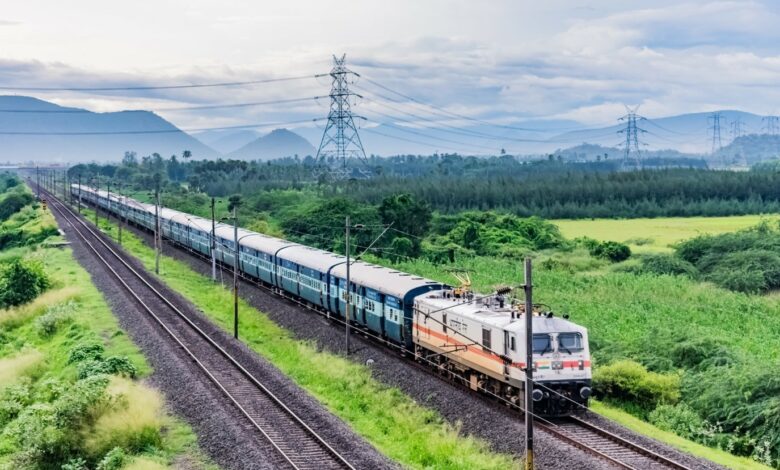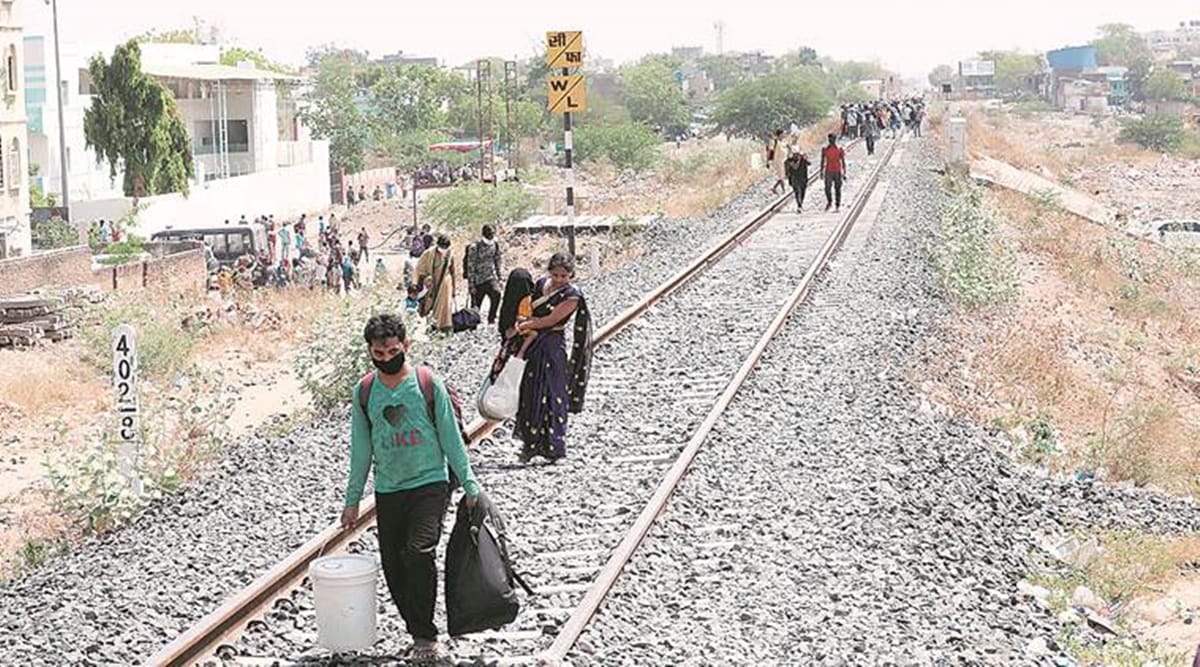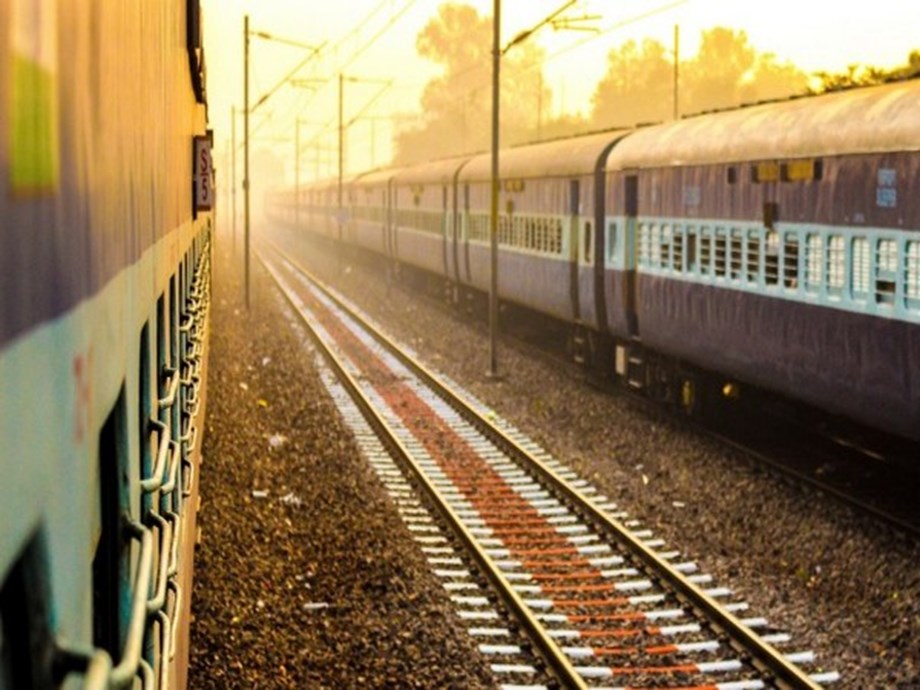
Over 8,700 people were mowed down on railway tracks in 2020 even though passenger train services were severely curtailed due to the nationwide coronavirus lockdown, with officials saying many of the victims were migrant workers.
The Railway Board shared the data on such deaths for the period between January and December 2020 in its reply to a question by Madhya Pradesh-based activist Chandra Shekhar Gaur under the Right to Information Act.
“Based on the information received from the State Police, 805 people suffered injuries and 8,733 people died on the railway track between January 2020 and December 2020,” the Railway Board has said.
Officials separately said that many of those dead were migrant workers who chose to walk home along the railway tracks because train routes are considered shorter than roads or highways.
They said these workers also chose the tracks as this way they could evade police for violating lockdown norms, and also had the belief they would not get lost midway.
“They also assumed that no trains would be running because of the lockdown,” one of the officials said.
Railway Spokesperson DJ Narain said that such incidents happen on the tracks “not due to accidents but because of trespassing”.
“It’s a civic issue of concern. The Railways has always made huge efforts in sensitising trespassers to avoid walking on tracks. Around 70,000 kms of rail tracks are spread across the country with over 17,000 trains of all kinds running on a daily basis. Deaths on tracks of trespassers is unfortunate and sad. Our concern on Safety of passenger and citizens is second to none.”
He also appealed to people to avoid taking shortcuts to cross tracks.
“They must understand that shortcuts can be dangerous and trespassing must be avoided. These kinds of accidents perhaps occur more on roads due to careless road-crossings,” Narain said, adding that there have been no casualties due to any “train accident” in the last two years.
While the fatalities during 2020 were fewer compared to four years immediately before that, the numbers are still significant given the fact that the passenger services were restricted after the coronavirus lockdown was announced on March 25.
Only freight trains were in operation during the lockdown, and before the railways started Shramik Special trains from May 1 to ferry migrant workers home.
The passenger services have been reopening in phases, and by December, around 1,100 special trains were in operation along with 110 regular passenger trains.
The services have now been restored to 70 per cent of the pre-Covid period.
While many fatalities on tracks last year could not be registered for some reason or the other, the deaths of 16 migrant workers after being run over by a freight train in Maharashtra’s Aurangabad last May rattled many as they were killed while resting on the tracks thinking no train would be coming due to the Covid suspension.
According to Railways figures, compiled from state governments, 56,271 people died and 5,938 were injured in such incidents between 2016 and 2019, registering an increasing trend, with 2017 being an exception.
As many 14,032 people died in such accidents in 2016, 12,838 in 2017, 14,197 in 2018 and 15,204 in 2019, the figures showed.
However, the Railways do not consider these deaths “railway accidents”.
Railway’s death statistics are maintained in three forms –consequential accidents, trespassing and untoward incidents.
These deaths come under the category of “untoward incidents” or “trespassing”, and are investigated by state police and the victims are also compensated by state governments concerned.
The Railways has carried out massive campaigns to reduce such deaths and also paid ex gratia to the kin of the victim on sympathetic grounds in some cases.
The measures taken by the Railways include elimination of unmanned-level crossings over the broad gauge network, signal modernisation, the use of modern machines in maintenance, among others.




